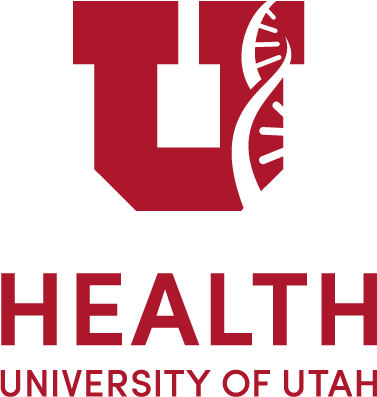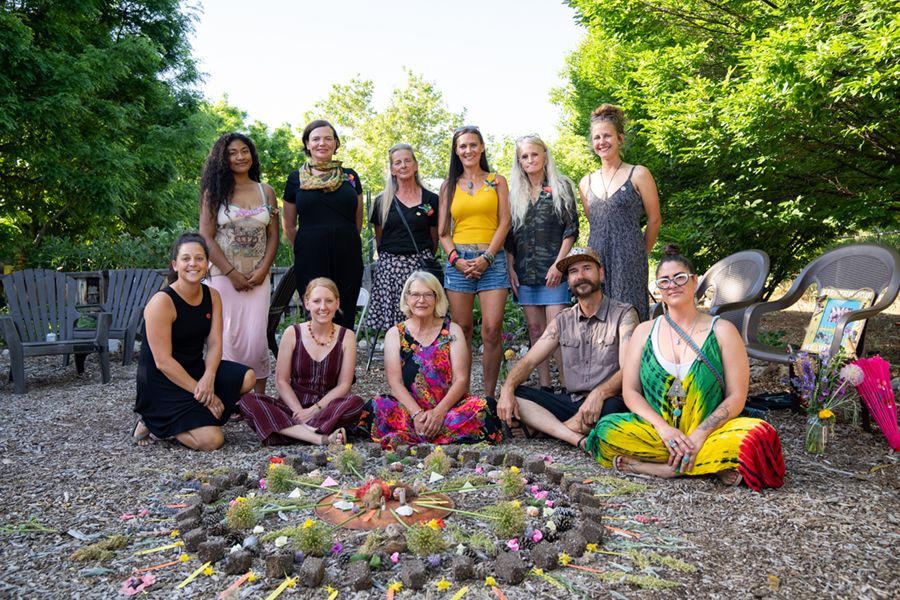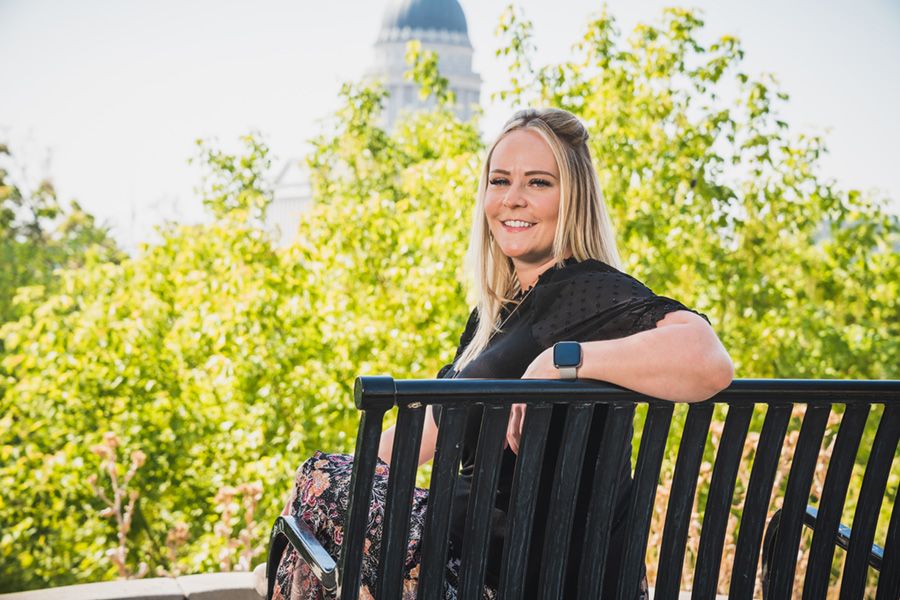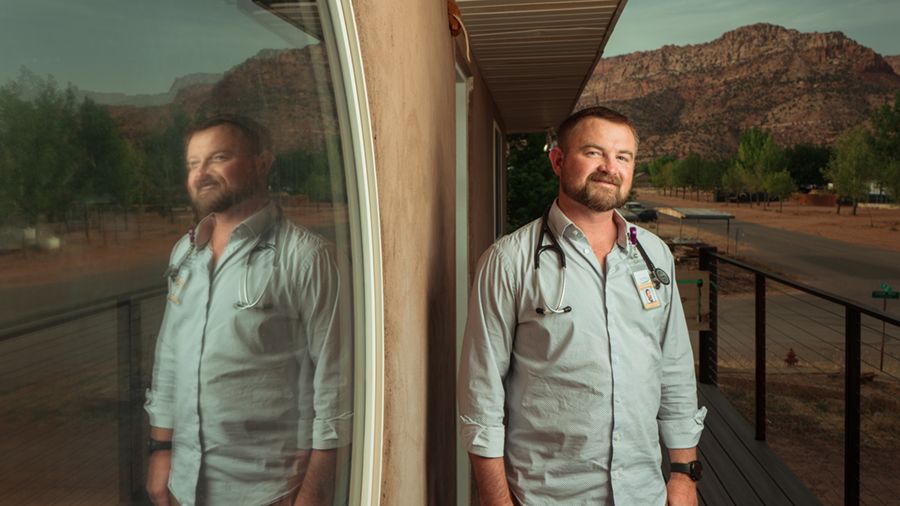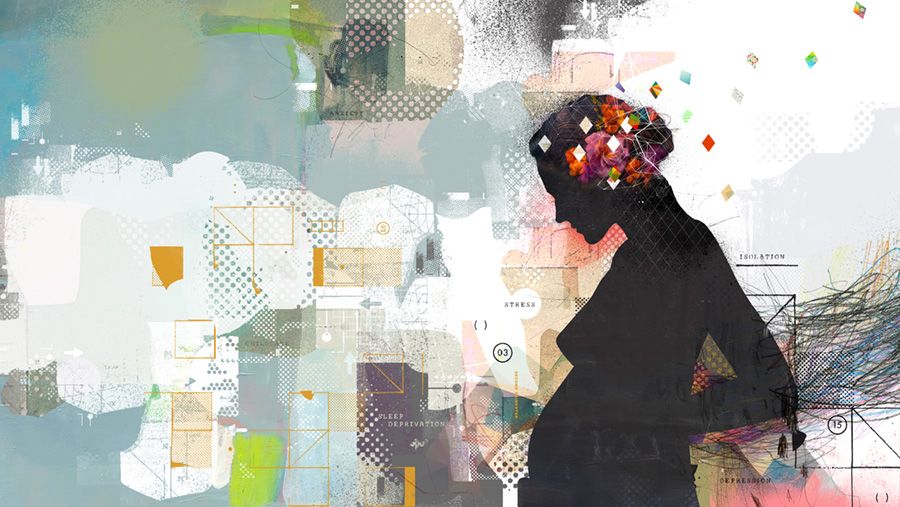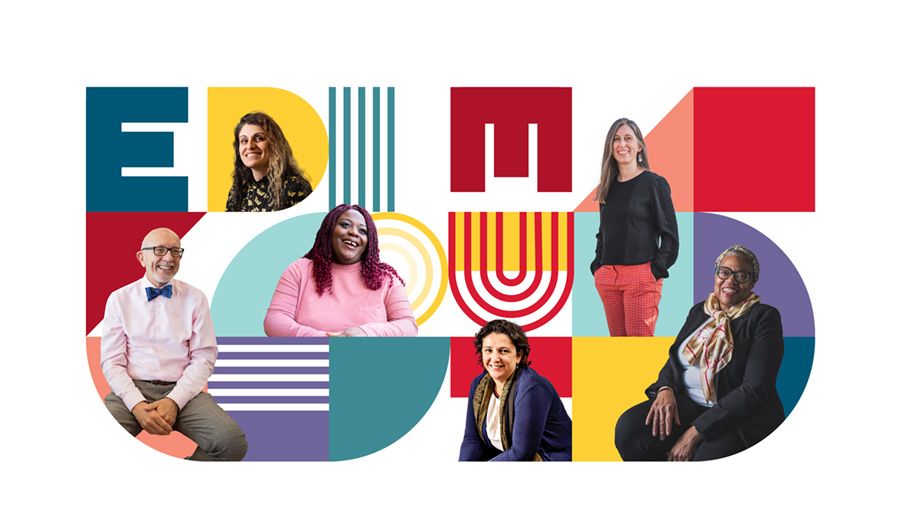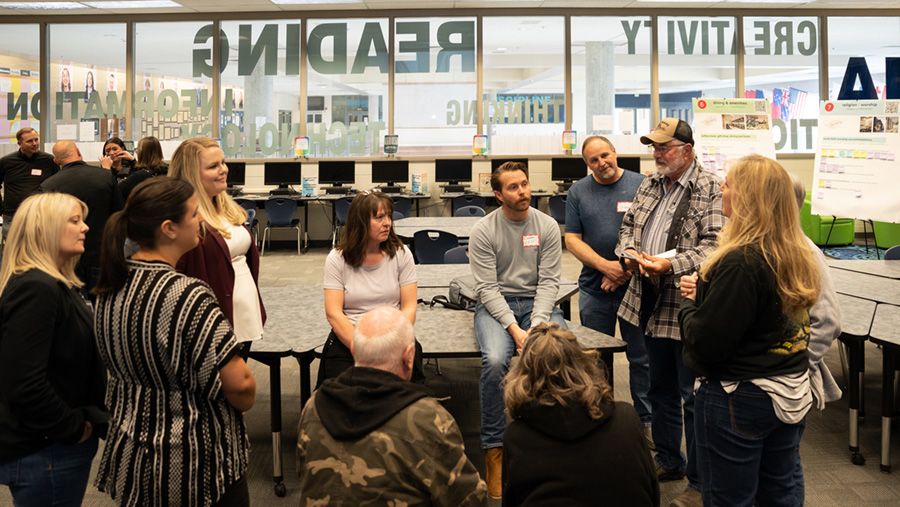Report to Our Community
As an academic medical center, one belief unites all 24,000 of us:
We believe health can be better.

That’s why we’re committed to always seeking new knowledge and sharing what we learn. We’re discovering ways to treat and cure diseases, train the next generation, and collaborate with community partners.
Just as our overall health requires complex biological systems to interact seamlessly in countless ways, our community health relies on an intricate web of individuals and organizations to come together to solve complicated problems.
Because no one organization can do this work alone. It’s about listening to the collective wisdom and then sharing our resources, expertise, and passion to realize our common goal—health. Here we highlight just a few of the ways we're partnering to make our community healthier.
LETTER TO THE COMMUNITY
It’s fair to say that these past few years have not only challenged us but also changed us—as individuals, as health care systems, and as a society.
With change comes opportunity—and an invitation to become better. What I’ve learned is that my most important job is to listen. Quiet my own mind so that I can hear what’s on others’. Not just hear the words but understand their meaning. Spend far more time learning about the problem before offering a solution. And, most difficult, accept the possibility that I might be changed by what I hear. Because it is only through listening to the community’s wisdom that I believe we can achieve our shared goal: for each of us to live a healthy life.
In Utah, we don’t have to look far to find passionate and brilliant partners who share this goal. Together, we’re tackling some of the most important health issues that face our community. We’re recognizing that our mental health is as important as our physical health, finding new ways to increase health care access in rural areas, addressing the crushing toll of opioids on our community, and embracing a holistic approach to prevent diabetes. It’s often tempting to focus on alleviating the symptoms. But we know that is not our end goal. Instead, we’re looking upstream and downstream to address the root causes and long-term effects of these complicated issues.
President Taylor Randall has set an ambitious goal for the University of Utah: to have unsurpassed societal impact. We hope that as you read the stories in this report, you will share in our optimism that together we can make that happen.
Thank you for being a part of this remarkable community.

Michael L. Good, MD
Chief Executive Officer, University of Utah Health
A. Lorris Betz Senior Vice President for Health Sciences
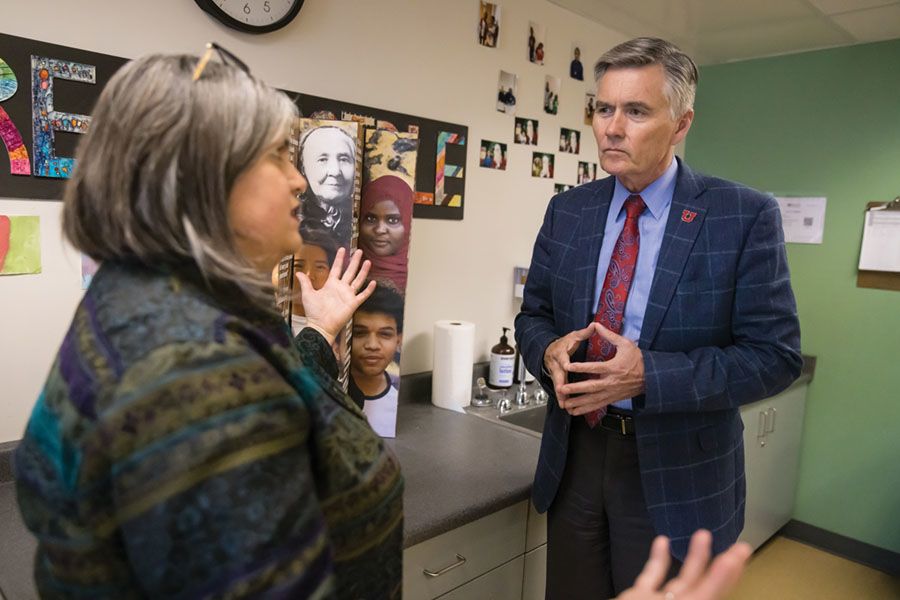
Listening is critical to learning, says Mike Good, MD, Senior Vice President for Health Sciences, pictured with Jenny Mayer-Glenn, MEd, Director of University Neighborhood Partners. “We’re grateful that leaders like Jenny help foster authentic dialogue between campus and community members,” Good says. “They give us honest, actionable feedback about the challenges we face and the opportunities we have to co-design sustainable solutions.” Photo by Jen Pilgreen
Listening is critical to learning, says Mike Good, MD, Senior Vice President for Health Sciences, pictured with Jenny Mayer-Glenn, MEd, Director of University Neighborhood Partners. “We’re grateful that leaders like Jenny help foster authentic dialogue between campus and community members,” Good says. “They give us honest, actionable feedback about the challenges we face and the opportunities we have to co-design sustainable solutions.” Photo by Jen Pilgreen
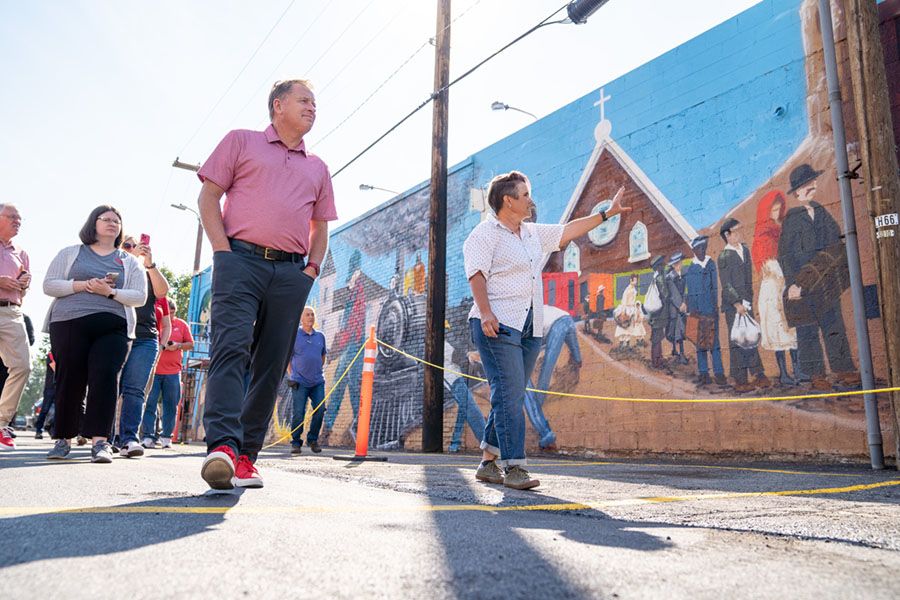
University of Utah President Taylor Randall, PhD, has challenged us to deepen our ties with the community and make a difference in the lives of every Utahn. Here, President Randall listens to Kathryn Kilpatrick, an artist based in Helper, Utah, as she describes the mural she painted in downtown Price to represent Carbon County’s rich and diverse history. Photo by Dave Titensor
University of Utah President Taylor Randall, PhD, has challenged us to deepen our ties with the community and make a difference in the lives of every Utahn. Here, President Randall listens to Kathryn Kilpatrick, an artist based in Helper, Utah, as she describes the mural she painted in downtown Price to represent Carbon County’s rich and diverse history. Photo by Dave Titensor
It’s fair to say that these past few years have not only challenged us but also changed us—as individuals, as health care systems, and as a society.
With change comes opportunity—and an invitation to become better. What I’ve learned is that my most important job is to listen. Quiet my own mind so that I can hear what’s on others’. Not just hear the words but understand their meaning. Spend far more time learning about the problem before offering a solution. And, most difficult, accept the possibility that I might be changed by what I hear. Because it is only through listening to the community’s wisdom that I believe we can achieve our shared goal: for each of us to live a healthy life.

Listening is critical to learning, says Mike Good, MD, Senior Vice President for Health Sciences, pictured with Jenny Mayer-Glenn, MEd, Director of University Neighborhood Partners. “We’re grateful that leaders like Jenny help foster authentic dialogue between campus and community members,” Good says. “They give us honest, actionable feedback about the challenges we face and the opportunities we have to co-design sustainable solutions.” Photo by Jen Pilgreen
Listening is critical to learning, says Mike Good, MD, Senior Vice President for Health Sciences, pictured with Jenny Mayer-Glenn, MEd, Director of University Neighborhood Partners. “We’re grateful that leaders like Jenny help foster authentic dialogue between campus and community members,” Good says. “They give us honest, actionable feedback about the challenges we face and the opportunities we have to co-design sustainable solutions.” Photo by Jen Pilgreen
In Utah, we don’t have to look far to find passionate and brilliant partners who share this goal. Together, we’re tackling some of the most important health issues that face our community. We’re recognizing that our mental health is as important as our physical health, finding new ways to increase health care access in rural areas, addressing the crushing toll of opioids on our community, and embracing a holistic approach to prevent diabetes. It’s often tempting to focus on alleviating the symptoms. But we know that is not our end goal. Instead, we’re looking upstream and downstream to address the root causes and long-term effects of these complicated issues.

University of Utah President Taylor Randall, PhD, has challenged us to deepen our ties with the community and make a difference in the lives of every Utahn. Here, President Randall listens to Kathryn Kilpatrick, an artist based in Helper, Utah, as she describes the mural she painted in downtown Price to represent Carbon County’s rich and diverse history. Photo by Dave Titensor
University of Utah President Taylor Randall, PhD, has challenged us to deepen our ties with the community and make a difference in the lives of every Utahn. Here, President Randall listens to Kathryn Kilpatrick, an artist based in Helper, Utah, as she describes the mural she painted in downtown Price to represent Carbon County’s rich and diverse history. Photo by Dave Titensor
President Taylor Randall has set an ambitious goal for the University of Utah: to have unsurpassed societal impact. We hope that as you read the stories in this report, you will share in our optimism that together we can make that happen.
Thank you for being a part of this remarkable community.

Michael L. Good, MD
Chief Executive Officer, University of Utah Health
A. Lorris Betz Senior Vice President for Health Sciences
OUR HEALTH PRIORITIES
DRIVING OUT DIABETES
Seeds of Change
Diabetes, food insecurity, and homelessness are inextricably linked. A tiny urban farm is transforming individual lives and finding solutions to these systemic problems.
ADDRESSING ADDICTION
A Bridge to Recovery
Most patients addicted to opioids show up in the ER desperate for help. How does a traditionally fragmented health system coordinate care when a person needs it most?
IMPROVING RURAL HEALTH
Returning to Heal
For a decade, residents of a remote southern Utah community had no local health services. A group of advocates worked together to build trust and open a new clinic.
INTEGRATING MENTAL HEALTH
For the Love of Mothers
Amid the pressures of parenthood, many Utah mothers struggle with postpartum mental health. In our family-friendly state, are we caring for the caregivers?
CULTIVATING BELONGING
Equity Is for Everyone
Meet the leaders building a better U—from the inside, out. What barriers prevent people from feeling like they belong? And how are we organizing ourselves so that all feel included?
COMMUNITY CO-CREATION
U West Valley
As we embark on a new partnership with West Valley, we’re asking one question every step of the way: “What does the community think?”
OUR COMMITMENT
We’re so grateful to the community partners who have welcomed our faculty, students, and staff to work alongside them. Thank you for your ongoing efforts to improve the health and well-being of Utahns in every corner of the state, from all walks of life.
It is our commitment to you—the reader, the patient, the civic leader, the community partner—that we will collaborate with you to better understand the needs of our friends and neighbors.
We’re focused on listening and learning so that we can support each other. We’re committed to developing programs and adapting clinical care to improve not only community health but community wealth.
We’d love to hear from you about how we can work together to make our community stronger. Let’s connect.
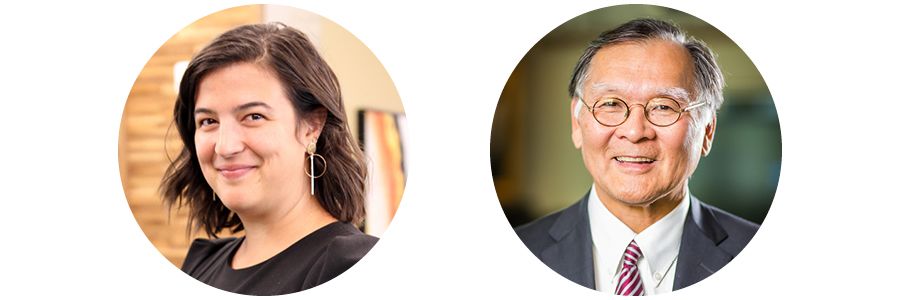
RyLee Curtis, MPP, Director, Community Engagement, rylee.curtis@utah.edu
Brian E. Shiozawa, MD, Associate Vice President, Health Policy, brian.shiozawa@hsc.utah.edu
University of Utah Health
August 11, 2023
CHIEF MARKETING & COMMUNICATIONS OFFICER
Robyn Reynolds, MBA
PUBLISHER
Amy Albo, MA
EDITORS
Nafisa Masud, MS
Nick McGregor
EDITORIAL BOARD
Brian E. Shiozawa, MD, Associate Vice President, Health Policy
RyLee Curtis, MPP, Director, Community Engagement
ART DIRECTOR
Jesse Colby
